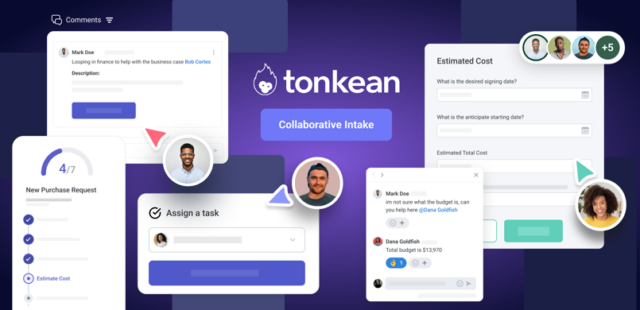Transformation has accelerated on a global scale for organisations throughout 2020. Many businesses and employees who hadn’t previously adopted the latest collaboration technology, are now doing so – and swiftly.
The numbers tell a significant story. For example, Cisco WebEx and Google Meet have seen 100 million meeting participants in a single day, 200 million recorded for Microsoft Teams, and a staggering 300 million for Zoom.
So, while we might feel lucky to have access to all this technology, some of these working practices are maybe taking their toll on individuals that are experiencing ‘Zoom fatigue’.

There has never been a greater requirement for organisations to stay connected. At this moment in time, millions of businesses across the globe will be logging into meetings, answering calls, checking instant messages and clearing inboxes.
With a range of collaborative tools now firmly at a modern-day company’s disposal, it’s no surprise that there has been a rise in certain intuitive technology as colleagues speak to one another while working remotely. For the enterprises that are used to operating from an office, they will have experienced many more video calls compared to pre-pandemic times.
But are some teams prioritising video, when a traditional call might do? Especially when this method can drive conversations to be wrapped up swiftly and ensure urgent matters are handled there and then.
There has, in fact, been a significant shift in traditional telephony throughout 2020. Organisations have also used it as a central component to newly rolled-out customer schemes that are based upon keeping in touch. And for companies that have had to shut physical stores, diverting their phones can mean many are still able to trade.
How communication continues to evolve
Thinking about productive business calls pre-pandemic, these were typically made in their car or on public transport when travelling between meetings. So, when employees who are so used to communicating on the move, are suddenly told to stay put in their home and adopt a more video-friendly approach, it’s no wonder that several may have struggled to transition.
For workforces relatively new to Teams, Zoom and Google Meet calls can bring a sense of apprehension. Colleagues might be worried about Wi-Fi speeds, the flow of the conversation, how they act on screen and what impression their background makes.
There’s a certain level of trust attached to video too, with many employees perhaps feeling as though they always have to be based in an office-style setting when firing up their cameras. And none of these concerns would enter their minds when making an audio call.

However, this isn’t a case for pitting the phone against video – or choosing one over the other. In fact, it’s about understanding the critical role both play in a company’s entire suite of collaborative technology.
To truly know which comms method is required, a good place to start is to consider why a call has to be made in the first place. Is there something visual that’s required? Or does an employee want to replicate those ‘water cooler’ moments to feel better connected and less isolated? If these resonate, then perhaps video is the best course of action.
Once that’s been decided, add an agenda so that individuals know the reasons behind the meeting and where they’re required. For the longer calls, a good tip is to include regular breaks, so employees don’t get distracted or lose focus. Having simple guidelines in place – and communicating them effectively – can help to underline why video is preferred over a quick-fire phone call or less urgent email.
Why more organisations must revisit their suite of comms software
Throughout 2020, there has understandably been a dramatic increase in collaborative tools. It’s anticipated that enterprises have experienced 10 years of remote working transformation – within six months. So, there is a real need to provide an all-around communicative approach to ensure that customer and colleague comms remain of the highest quality.
With human integration and social interaction now a huge priority for teams working in isolation, video is here to stay. And business leaders must utilise a combination of intuitive tech in the right way – understanding how each one positively impacts their workforce’s productivity and well-being, alongside the organisation’s overall bottom line.
That’s where workplace analytics plays a pivotal role. Not only does it support ambitious firms to remain agile and be able to adapt swiftly to economic flux, but it helps their managers to gain visibility of employees’ activities – providing the vital data to make business-critical decisions that truly enhance the colleague and customer experience in both the short and longer-term.
Learn more about emerging trends across the tech panorama in the latest issue of Interface











